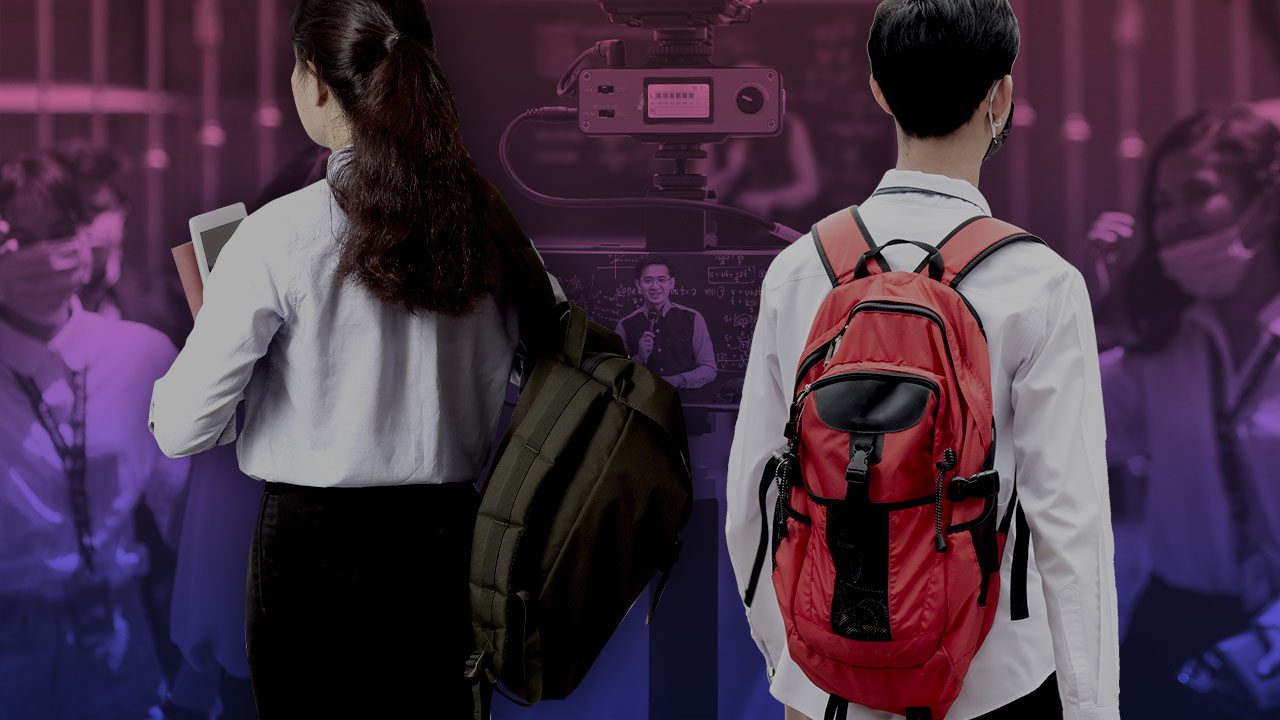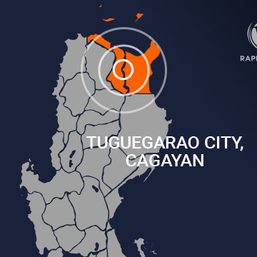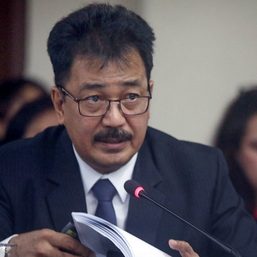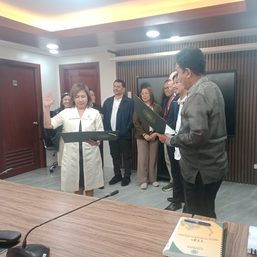SUMMARY
This is AI generated summarization, which may have errors. For context, always refer to the full article.

The coronavirus pandemic has disrupted the educational system worldwide. In the Philippines, educational institutions are trying to make sure that learning is unhampered during the health crisis.
On July 10, Commission on Higher Education (CHED) Chairman Prospero de Vera III said that schools were ready to open classes in August even if the country is still dealing with the coronavirus pandemic.
According to De Vera, “flexible learning,” which will be implemented this year, is not new.
“We are ready because our top universities have been doing flexible learning even before COVID. The other universities have shifted to flexible learning during the quarantine and are moving ahead for the opening of classes,” De Vera explained.
The decision to open schools in the middle of a pandemic has been criticized.
Numerous posts on Facebook and Twitter have gone viral, showing Filipino students climbing trees, or even mountains, just to get a good internet signal for their classes. Such posts have outraged both netizens and student groups who have called out educational institutions for prioritizing academic output over student welfare. (READ: During pandemic, student climbs a mountain to send class requirement)
Many students and groups have also called for an “academic freeze” as the country fights the pandemic. They pointed out that the coronavirus lockdown affected household finances, and many Filipinos don’t even have access to a computer or the internet.
What exactly is flexible learning?
“Flexible learning” for higher education institutions involves a combination of digital and non-digital technology, which according to CHED, doesn’t necessarily require being connected to the internet. (READ: During pandemic, student climbs a mountain to send class requirement)
According to CHED, flexible learning “ensures the continuity of inclusive and accessible education when the use of traditional modes of teaching is not feasible, as in the occurrence of national emergencies.”
De Vera said that universities and colleges have the freedom to choose what mode would be effective for them.
Some of them would be using pure online, pure modular, while others would use a combination of the two, De Vera explained.
3 modes of flexible learning
- Online – A flexible learning mode which is electronic-based and which uses available online classrooms for the delivery of instruction. Learning materials are in digital format such as webcast, podcast, videos, audio, and other open educational resources or OERs. To aid online learning, CHED launched a web-based platform, PHL CHED Connect, that provides free learning materials for college students.
- Offline – A flexible learning mode that does not use internet connectivity at all. Learning is done through printed modules or uses digital forms such as video and audio placed in storage devices.
- Blended – A type of flexible learning which is a combination of online and offline modes. Online technology will be used for delivering lessons, while other classroom activities will be done offline using printed modules, video tapes, storage devices, and learning packets.
De Vera had proposed to move to the 2nd semester subjects that require the physical presence of students.
De Vera mentioned his proposal for the higher education sector during the pre-recorded coronavirus task force meeting with President Rodrigo Duterte aired on Wednesday night, July 15.
He said only the regular lectures will be held during the first semester, particularly subjects that don’t require physical presence in schools.
“During the first semester, only regular classes that can be done through lectures, theoretical, will be taught. We will move to the second semester [subjects] that require students to go to school,” De Vera said.
With colleges and universities opening classes in August, the second semester is expected to start in January 2021. – Rappler.com
Add a comment
How does this make you feel?


![[ANALYSIS] The multiplier effect of negligence in education](https://www.rappler.com/tachyon/2024/04/The-multiplier-effect-of-negligence-in-education.jpg?resize=257%2C257&crop=277px%2C0px%2C720px%2C720px)

![[OPINION] Moving beyond blaming teachers: The call for regulatory deregulation](https://www.rappler.com/tachyon/2024/02/Moving-Beyond-Blaming-Teachers-The-Call-for-Regulatory-Deregulation.jpg?resize=257%2C257&crop=262px%2C0px%2C720px%2C720px)
There are no comments yet. Add your comment to start the conversation.